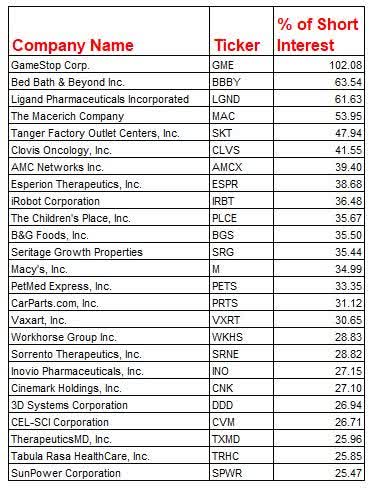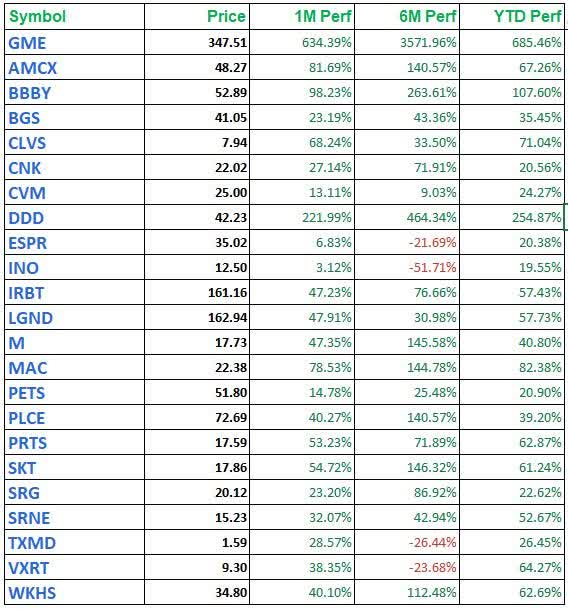JANUARY 21, 2021 IN LEFTISM, LIBERALS
“MULTIRACIAL WHITENESS”
“Whiteness” is an elastic concept. It turns out that you no longer have to be white to be white. “White” basically means that you don’t swallow the nonsense being ladled out by the far Left. So, happily, people of all colors are now “white,” according to liberals. Is that unity and inclusion, or what?
At the American Spectator, “Cockburn” writes about “The terrifying scourge of ‘multiracial whiteness.’”
[T]here’s a small problem. Somehow, on their way to launching a neo-fascist takeover of the United States, the white supremacists ran out of whites. Simply looking at video of the Capitol riot, or looking at the FBI’s wanted images afterwards, makes it obvious that the mob of Trump die-hards were multiracial. The two most famous members of the Proud Boys, America’s premier ‘white nationalist’ group, are an Afro-Cuban and a Samoan. ‘Stop the Steal’ organizer Ali Alexander identifies as black and Arab. And of course, there are November’s famous exit polls, which showed that Joe Biden was carried to the White House by improving on Hillary Clinton’s support with white voters, while faltering with Hispanics and blacks.
Yikes! When you read those facts a few too many times, you start to wonder: what if the white supremacists aren’t white supremacists?
***
Fear not, though! The Washington Post is here to explain all the bad think away. Over the weekend, the paper ran a piece by NYU history professor Cristina Beltrán: ‘To understand Trump’s support, we must think in terms of multiracial Whiteness.’Multiracial…whiteness? Aren’t those antonyms? Not at all, you fool.
Beltran’s WaPo piece is a marvel of intellectual confusion. It probably exemplifies all too well the low level of instruction in today’s universities.
Yes, Trump’s voters — and his mob — are disproportionately White, but one of the more unsettling exit-poll data points of the 2020 election was that a quarter to a third of Latino voters voted to reelect Trump.
How dare they? I don’t know, maybe they liked their rising incomes. Of course, mundane details like rising wages and near-zero unemployment are of no interest to liberals.
And while the vast majority of Latinos and an overwhelming majority of African American voters supported the Biden-Harris ticket and were crucial to its success, many Black and brown voters have family and friends who fervently backed the MAGA policy agenda, including its delusions and conspiracy theories.
Weird how when liberals talk about delusions and conspiracy theories, they never mean the Russia collusion hoax. Or the plot to pilfer the mailboxes, and so on.
I call this phenomenon multiracial whiteness — the promise that they, too, can lay claim to the politics of aggression, exclusion and domination.
Whoa! So “whiteness” refers to a “politics of aggression, exclusion and domination”? Who knew? Silly non-critical race theorists thought it just referred to an ethnic group. But, given that definition, are Twitter, YouTube, Facebook, Amazon, Apple and Microsoft now “white”? Is there anyone else in our society so dedicated to aggression, exclusion and domination?
Rooted in America’s ugly history of white supremacy, indigenous dispossession and anti-blackness, multiracial whiteness is an ideology invested in the unequal distribution of land, wealth, power and privilege — a form of hierarchy in which the standing of one section of the population is premised on the debasement of others. Multiracial whiteness reflects an understanding of whiteness as a political color and not simply a racial identity — a discriminatory worldview in which feelings of freedom and belonging are produced through the persecution and dehumanization of others.
Multiracial whiteness promises Latino Trump supporters freedom from the politics of diversity and recognition. For voters who see the very act of acknowledging one’s racial identity as itself racist, the politics of multiracial whiteness reinforces their desired approach to colorblind individualism. In the politics of multiracial whiteness, anyone can join the MAGA movement and engage in the wild freedom of unbridled rage and conspiracy theories.
To call this bullshit is an insult both to bulls and to excrement. Does this woman have students? God help them.
Multiracial whiteness offers citizens of every background the freedom to call Muslims terrorists…
Of course, no one has ever said that all Muslims are terrorists, but many have noted that some terrorists are Muslims. That makes us all “white,” apparently.
…demand that undocumented [i.e., illegal] immigrants be rounded up and deported…
Actually, that is what the laws of the United States demand, and the president’s duty under Article II of the Constitution is to take care that the laws be faithfully executed. But I suspect that the Constitution is not a document with which Ms. Beltran is well acquainted.
…deride BLM as a movement of thugs and criminals…
While no one disagrees with the innocuous slogan “Black lives matter,” the BLM organization does in fact consist largely of thugs and criminals, as last summer’s riots demonstrated.
…and accuse Democrats of being blood-drinking pedophiles.
Heh. I haven’t heard that one before. Maybe she just mixed it in to see whether we were paying attention. Personally, I am not aware of any blood-drinking Democrats.
There is more insanity at the link, but you can’t read it without paying the Washington Post, which you shouldn’t do. The bottom line is that an ideology so confused as to denounce its philosophical opponents as “white,” regardless of their skin color, is not going to last long.






